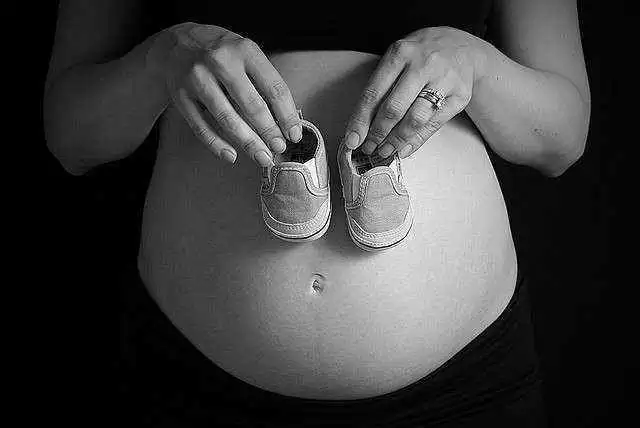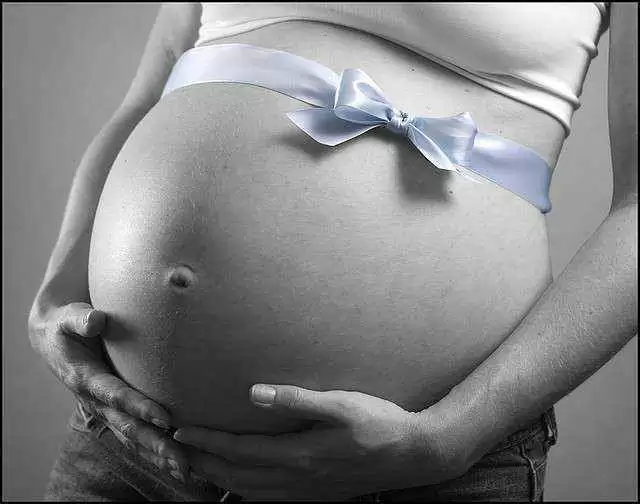
Celiac.com 07/23/2018 - Celiac disease has been associated with several conditions influencing female reproduction and pregnancy outcomes including spontaneous abortion and stillbirth. To determine how celiac disease influences women’s reproductive lives, both prior to and after diagnosis, a team of researchers recently set out to assess the risk of adverse pregnancy outcomes, both before and after diagnosis.
The research team included L Grode, B H Bech, O Plana-Ripoll, M Bliddal, I E Agerholm, P Humaidan, and C H Ramlau-Hansen. They are variously affiliated with the Department of Medicine, Horsens Regional Hospital, Sundvej 30, DK-8700 Horsens, Denmark; the Department of Public Health, Aarhus University, Bartholins Allé 2, DK-8000 Aarhus C, Denmark; the National Center for Register-based Research, Aarhus University, Fuglesangs Allé 26, DK-8210 Aarhus V, Denmark; with OPEN, Odense Hospital and Department of Clinical Research, University of Southern Denmark, J.B. Winsløws Vej 9 a, 3. etage, DK-5000 Odense C, Denmark; and with the The Fertility Clinic, Horsens Regional Hospital, Sundvej 30, DK-8700 Horsens, Denmark Faculty of Health, Aarhus University, Palle Juul-Jensens Boulevard 82, DK-8200 Aarhus N, Denmark.
Celiac.com Sponsor (A12):
By linking several Danish national health registers, the research team was able to identify all women diagnosed with celiac disease between 1977 and 2016. To make their assessment, the team compared 6,319 women diagnosed with celiac disease with 63,166 age- and sex-matched non-celiac women. For both groups, the team identified reproductive events between the ages of 15 and 50 years. The team used adjusted stratified Cox and logistic regression models to estimate differences in reproductive outcomes between women with and without celiac disease.
They found that women with diagnosed celiac disease had about the same chances as non-celiac women of pregnancy, live birth and risk of stillbirth, molar and ectopic pregnancy, spontaneous abortion and abortion due to fetal disease.
However, prior to being diagnosed, celiac disease women had an excess risk of spontaneous abortion equal to 11 extra spontaneous abortions per 1,000 pregnancies (adjusted odds ratio (OR) = 1.12, 95% CI: 1.03, 1.22) and 1.62 extra stillbirths per 1,000 pregnancies (adjusted OR = 1.57, 95% CI: 1.05, 2.33) compared with the non-celiac disease women. In the period 0–2 years prior to diagnosis fewer pregnancies occurred in the undiagnosed celiac disease group, equal to 25 (95% CI: 20–31) fewer pregnancies per 1,000 pregnancies compared to the non-celiac disease group and in addition, fewer undiagnosed celiac disease women initiated ART-treatment in this period, corresponding to 4.8 (95% CI: 0.9, 8.7) fewer per 1000 women compared to non-celiac disease women.
Overall, these findings suggest that undiagnosed celiac disease can influence female reproduction, and that doctors should focus on early celiac detection in at-risk groups.
The team adjusted their results for numerous confounding factors, but cannot rule out residual confounding. The team stresses several limitations of the study. For example, they could not confirm the validity of the diagnoses in the registers. They also note that some spontaneous abortions will go unnoticed or unregistered, while live-births, stillbirths, ectopic and molar pregnancies, and abortion due to fetal disease, are likely to be registered. For these reasons, they urge caution in interpreting these results.
Stay tuned for more news on the relationship between celiac disease and female reproduction.
Source:







Recommended Comments
There are no comments to display.
Create an account or sign in to comment
You need to be a member in order to leave a comment
Create an account
Sign up for a new account in our community. It's easy!
Register a new accountSign in
Already have an account? Sign in here.
Sign In Now